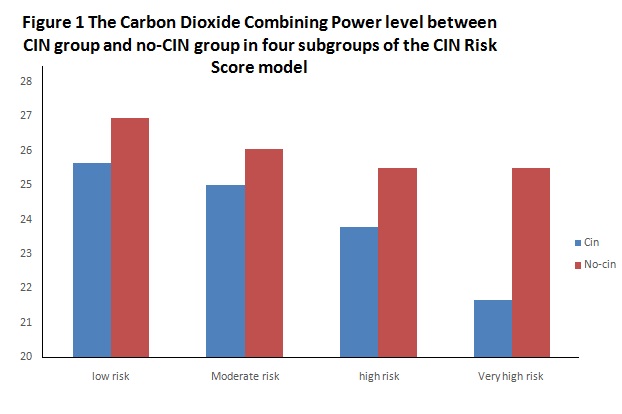Lots of interesting abstracts and cases were submitted for TCTAP & AP VALVES 2020 Virtual. Below are accepted ones after thoroughly reviewed by our official reviewers. Don¡¯t miss the opportunity to explore your knowledge and interact with authors as well as virtual participants by sharing your opinion!
* The E-Science Station is well-optimized for PC.
We highly recommend you use a desktop computer or laptop to browse E-posters.
ABS20190928_0003
| Renal Insufficiency and Contrast Nephropathy | |
| Role of Carbon Dioxide Combining Power in Predicting Contrast-Induced Nephropathy in Patients Undergoing Emergency Percutaneous Coronary Intervention | |
| Geng Qian1, Qinhua Jin1 | |
| Chinese PLA General Hospital, China1 | |
|
Background:
Unknown remained in the relationship between Carbon Dioxide Combining Power (CO2-CP) and contrast-induced nephropathy(CIN), We aimed to investigate the role ofCO2-CP in predicting CIN in patients undergoing percutaneous coronary intervention (PCI).
|
|
|
Methods:
This retrospective observational research enrolled consecutive 1313 Non-ST segment elevation acute coronary syndrome (NSTE-ACS) patients undergoing emergency PCI. Admission CO2-CP levels were measured before PCI. We continuously monitored the serum creatinine (SCr) in perioperative period. CIN was defined as an increase in SCr at least 25% or 44.2 umol/L (0.5 mg/dL) within 3 days.
|
|
|
Results:
CIN occurred in 138 patients (10.53%). Compared with the no-CIN group, the CIN group have a significantly lower CO2-CP levels (25.19¡¾3.79 vs 26.48¡¾3.02 mmol/L, P<0.001).Multivariate logistic regression analysis showed that CO2-CP (OR=0.420, 95% CI0.257 to 0.686, P=0.001), heart failure (OR=2.167, 95% CI 1.475 to 3.185,P<0.001), anemia (OR=1.921, 95% CI 1.206 to 3.060, P=0.006), SCr(OR=1.914, 95% CI 1.016 to 3.606, P=0.045) and hypotension (OR=2.288,95% CI 1.416 to 3.697, P=0.001)were independent predictors of CIN. AndCIN group had a significant lower CO2-CP level in different risk groups [low-risk group (25.64¡¾3.87 vs 26.96¡¾2.79 mmol/L, P=0.001), moderate risk group (25.00¡¾3.26 vs 26.05¡¾2.98 mmol/L, P=0.021),high group(23.77¡¾3.96 vs 25.49¡¾3.22 mmol/L, P=0.023),very high group (21.65¡¾5.36 vs 25.58¡¾3.49 mmol/L, P=0.039)], and the CO2-CP level was significantly decreased with the increased risk of CIN.
 |
|
|
Conclusion:
This study showed low CO2-CP level was independently associated with an increased risk of CIN for patients with Non-ST egment elevation acute coronary syndrome.
|
|